Living Conditions on a Pirate Ship
an old pirate ship. (Photo credit: Wikipedia)
In the days of wooden sailing ships life at sea was tough. Living conditions for pirates and all other sailors were extremely basic. There was no heating or air conditioning, no proper toilets or sanitation, no way to keep your clothes and yourself clean or even to keep yourself dry. Conditions changed according to the weather and the region you were in.
How did Pirates relieve themselves?
In most ships there would be a place at the bow ( front end ) of the ship called the head. This was a hole in the floor to squat over. Faeces would fall directly into the sea below. There were usually two holes one on either side of the bowsprit. There was no protection from the elements and so they could not be used in stormy weather.
As toilet paper had not been invented the men would either have to use bits of old rag or rope to clean their back sides or sometimes there was a communal bucket and sponge.
Urination was either into buckets or directly over the side. Some men did urinate against the side of the ship or onto the deck. If they were high up in the rigging it would be impractical to climb down to carry out a simple bodily function. Look out below!
Inevitably urine and spillages from cooking seeped down to the bottom of the ship. This bilge created and awful stink which would permeate through the ship. This would be worse below decks in bad weather when all of the hatches were battened down and there was no fresh air coming from outside.
It is unlikely that a pirate crew would be hard working or disciplined enough to keep the ship clean. Even Royal Navy ships struggled to control the stench from below. Pirate ships probably stank!
How did Pirates stay dry?
There was no way to stay dry on a Pirate Ship. In rough weather or storms everybody would be soaking wet. At least half of the crew would be involved in sailing the ship at any time which meant being on deck or up in the rigging. It was common to work four hours on and four hours off and so there was not enough time to dry your clothes between shifts even if you could.
Water still came in below decks even when the ship was battened down. Most ships leaked and in rough seas some water still got in through the hatches and gun ports even when closed. The lower decks could therefore be awash with water during a storm.
There were no towels or drying rooms and men often slept in their wet clothes. Shoes were impractical because there was no way to dry them out and pirates often went barefoot.
When conditions improved clothes could be hung out on lines strung out above the deck or up in the rigging if allowed by the Captain.
Otherwise men, clothing and equipment had to dry out naturally.
In some regions high humidity also resulted in everything being constantly wet even though the temperature was very warm.
Were there vermin on Pirate Ships?
Vermin was a massive problem especially when near land. Most ships were inhabited by mice and rats which ran around below decks with impunity. Sometimes rats were caught and eaten as an alternative to the tough salt beef or pork rations. Cockroaches were everywhere. Also spiders ( such as tarantulas ), various biting insects and even snakes were brought aboard when the crew went ashore foraging for firewood. These creatures then came out of the crevices and hiding places amongst the kindling and spread throughout the ship. Inevitably many men received serious bites as a result.
Mosquitoes infested certain areas and many men fell sick and died from malaria when visiting the coasts of Africa and the Americas.
Insects were less of a problem when the ship was far out at sea.
How did the crew keep warm?
There as no way to keep warm on a pirate ship apart from huddling round the galley fire. This was not really a problem in the tropics but for ships operating in the North Atlantic in the winter months the cold and freezing conditions must have been terrible.
See Our Pirate Workshop Photo Galleries
See more Pirate Day photo galleries plus pirate themed classroom displays.
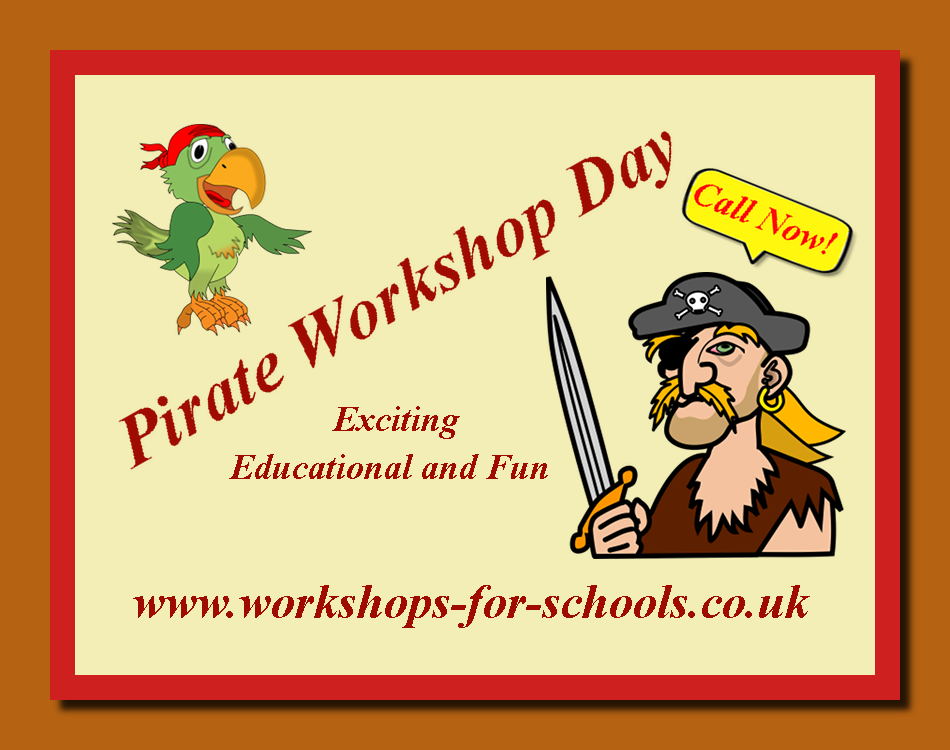




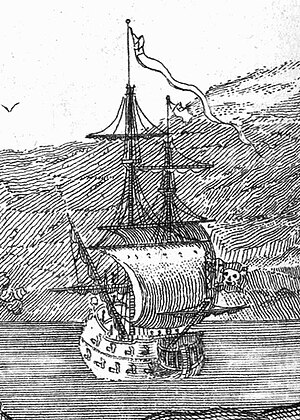

 Blackbeard artifacts move to Spencer
Blackbeard artifacts move to Spencer


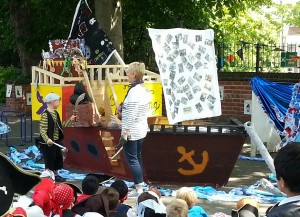








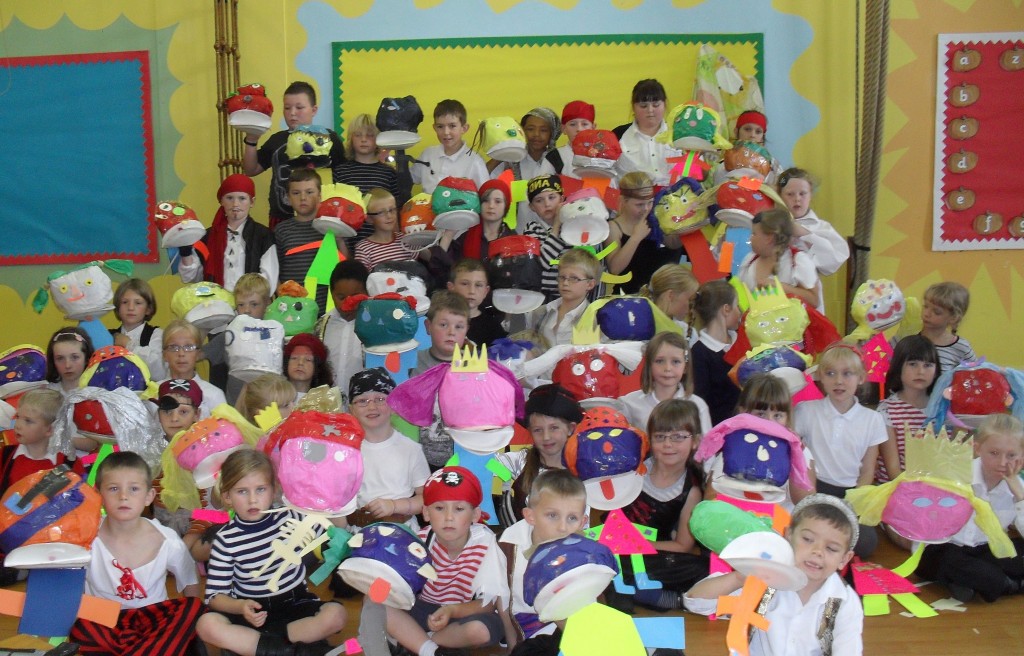
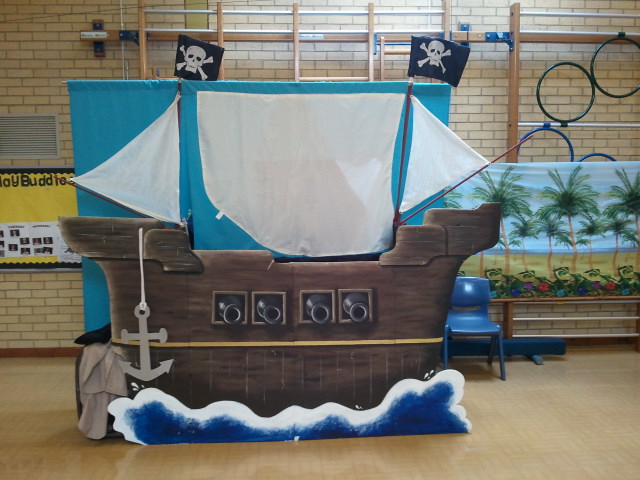

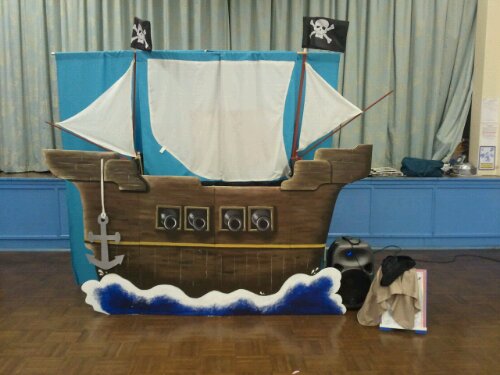
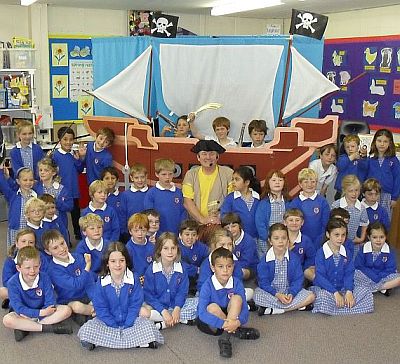




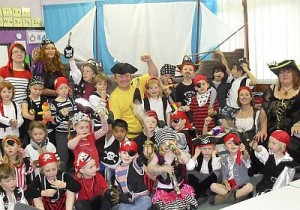




 On Talk Like a Pirate Day, Landlubbers Arrr Shouting ‘Ahoy’
On Talk Like a Pirate Day, Landlubbers Arrr Shouting ‘Ahoy’